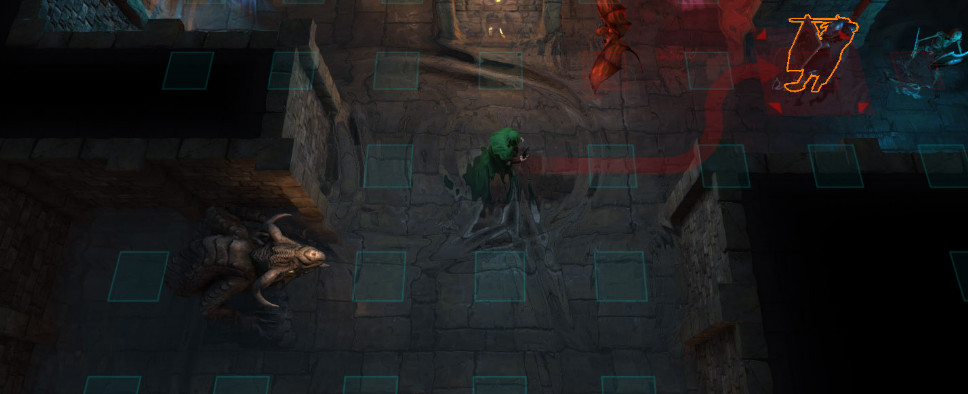Druidstone: The Secret of the Menhir Forest Art Pipeline
-
Category: News ArchiveHits: 1231

The developers behind the recently announced Druidstone: The Secret of the Menhir Forest seem to be dedicated to transparency in their creative process. Their first development update explains the intricacies of the art pipeline that takes vague concepts and makes them into solid chunks of content within the game engine. Here's an excerpt, while the examples of art in progress can be found in the post itself:
Concept art is the initial design phase of pretty much any asset that goes into game. In this case we first decide and plan what kind of enemy we need, what abilities and features it should have and how it sits in the gameplay and story. Then I usually pick up Photoshop and draw/paint the concept. Concepts can be made in numerous ways – I think majority of my concepts are just doodles on post it notes. The amount of iterations what it takes to nail down a concept can vary greatly if the subject it very abstract or curious. Drawing a concept is a great way of going through different ideas and you get more tangible vision of the subject than for example in written description. Sometimes when I have a clear vision, I may skip the whole concept stage and wing it straight in 3d. That’s pretty rare and happens usually with weird organic monsters that are best blocked out in 3d. That’s the awesome part of being indie, I don’t have to approve designs on long meetings with bunch of producers.
After the concept is done, it’s time to transfer that idea into three dimensions. I use variety of tools to do that, but mostly my tool of choice is Zbrush and Blender combined. At first the character is modelled in high resolution. That means that it’s highly detailed and is made up of sometimes millions of polygons (polygons are triangles in 3d-space that make a surface when combined. They are the backbone of every 3d-object). After the high resolution model is done, a low resolution version of the same model is made. That low resolution model has a lot less polygons in it for the game engine to be able to run it in real time 60 fps. The high resolution data is then “baked” into the low resolution model so that it looks like it has all the details, but only fraction of the polygons.
When the game model is finished it still needs textures to illustrate the different surface properties. But before textures can be applied, the model is UV mapped. That means the model is skinned and pealed into 2d-space. Think of it like skinning a hide from an animal that is then stretched to a floor. When the 2d- and 3d-data match, a texture can be painted on 2d-image that is then projected to corresponding places on the 3d-model. Nowadays you can paint directly on 3d-model, but usually the unwrapping is still needed. I use Allegorithmic’s Substance Painter and Designer on pretty much every object that goes to Druidstone. Substance tools use a PBR (physically based rendering) based workflow and we use tweaked version of “older” diffuse and specular workflow, but with little tweaking, I’ve got a pretty good marriage of the two going on despite the differences.
Now that the model and texturing is done, it’s time to give the character life by animating it. In a nutshell a skeleton is made then the bones are assigned to correct areas of the mesh, then control points are created that can move the skeleton around, but that is a blog post of its own. When the animations are done, the model and animations are exported in .FBX file format that the game engine in turn converts into files that it handles. That’s when things get a bit technical and maybe Petri will shed some light on the matter on some other blog post.
As you may see, we have much more detail in the characters than can be actually seen in the standard game view. That leaves us with the option of doing special camera zooms on the characters when for example the player does some cool special move. Also having the details in the models gives them that extra something. It’s like in the Lord of the Rings movie, when Weta studio made the props and armor pieces, they were riddled with minute details no one would see, but it was worth it and helped to make the world more believable.

